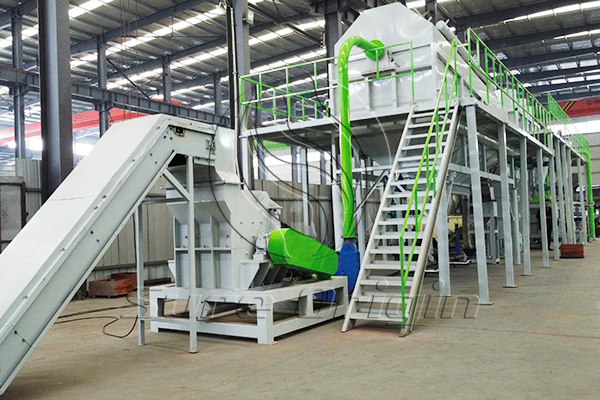In the global wave of vigorously promoting the development of sustainable energy, lithium-ion batteries, as the core energy storage components
in the field of new energy, are increasingly widely used. From common small electronic devices such as smartphones and laptops to large systems
such as electric vehicles and energy storage power stations, they are indispensable.
However, with the sharp increase in the use of lithium-ion batteries, the number of waste lithium-ion batteries has also surged. If not properly handled,
it will not only cause a large amount of waste of precious resources such as lithium, cobalt, and nickel, but also pose a serious threat to the environment
due to the heavy metals and chemicals contained in the batteries. Therefore, lithium battery recycling equipment came into being and became a key
equipment for achieving resource recycling and reducing environmental pollution. For investors who intend to enter the lithium battery recycling industry,
in-depth understanding of the price of lithium battery recycling equipment and its influencing factors is an important prerequisite for making wise
investment decisions.
Multiple factors affecting the price of lithium battery recycling equipment
Recycling technology and functional characteristics
The advancement of recycling technology is one of the core factors that determine the price of lithium battery recycling equipment. Basic recycling
equipment usually only has simple battery disassembly and preliminary material separation functions, and the price is relatively affordable. However,
high-end models equipped with advanced automation processes, high-precision material recovery technology and intelligent control systems can more
efficiently and accurately recover various metals and materials in lithium-ion batteries, significantly improving recycling efficiency and product purity, but
the price will also rise sharply, possibly exceeding $500,000. In addition, some machines with special functions, such as customized processing capabilities
for different types of lithium-ion batteries (such as ternary lithium-ion batteries and lithium iron phosphate batteries), or machines that can process batteries
with complex shapes and large capacities, will also be more expensive due to high technical difficulty and high R&D costs.

Please leave your contact information and requirements, so that our professional team can contact you ASAP.